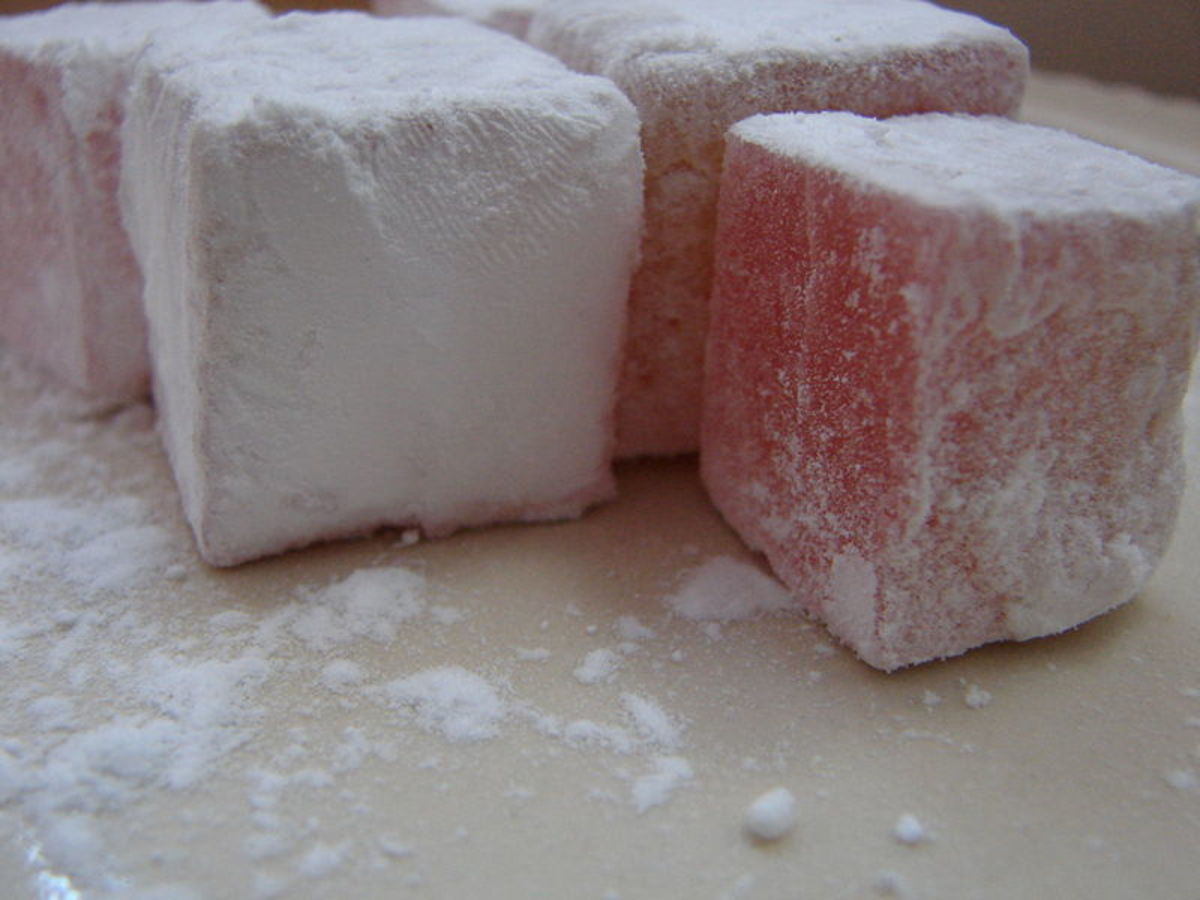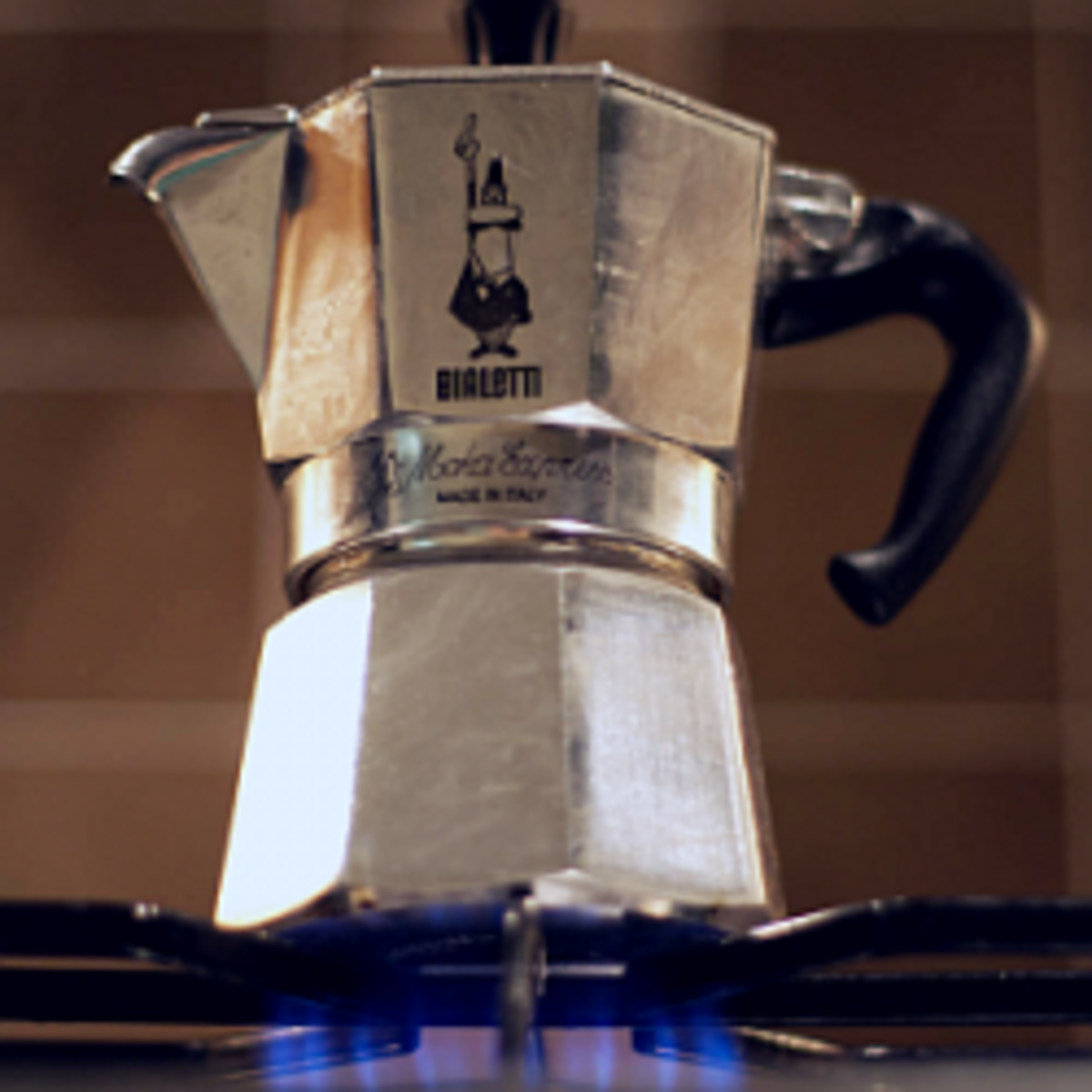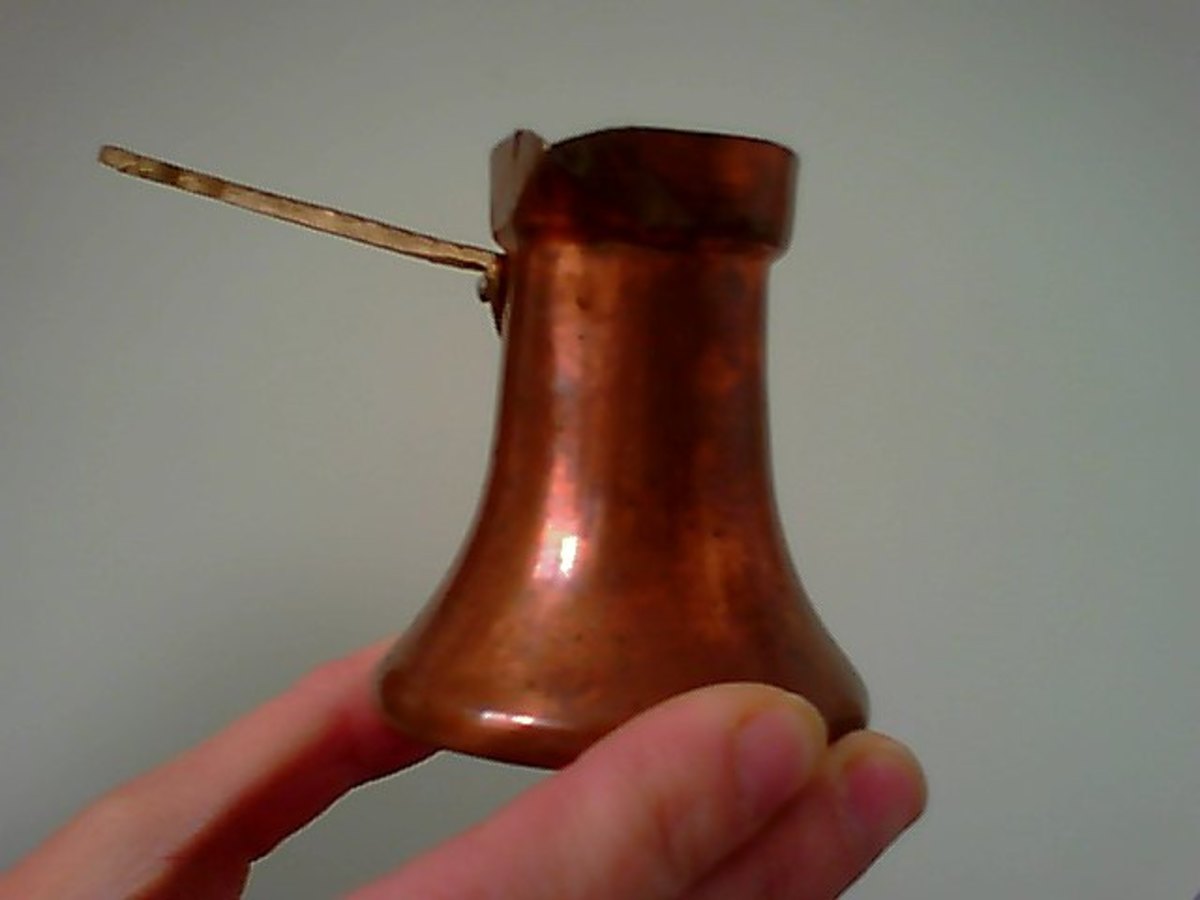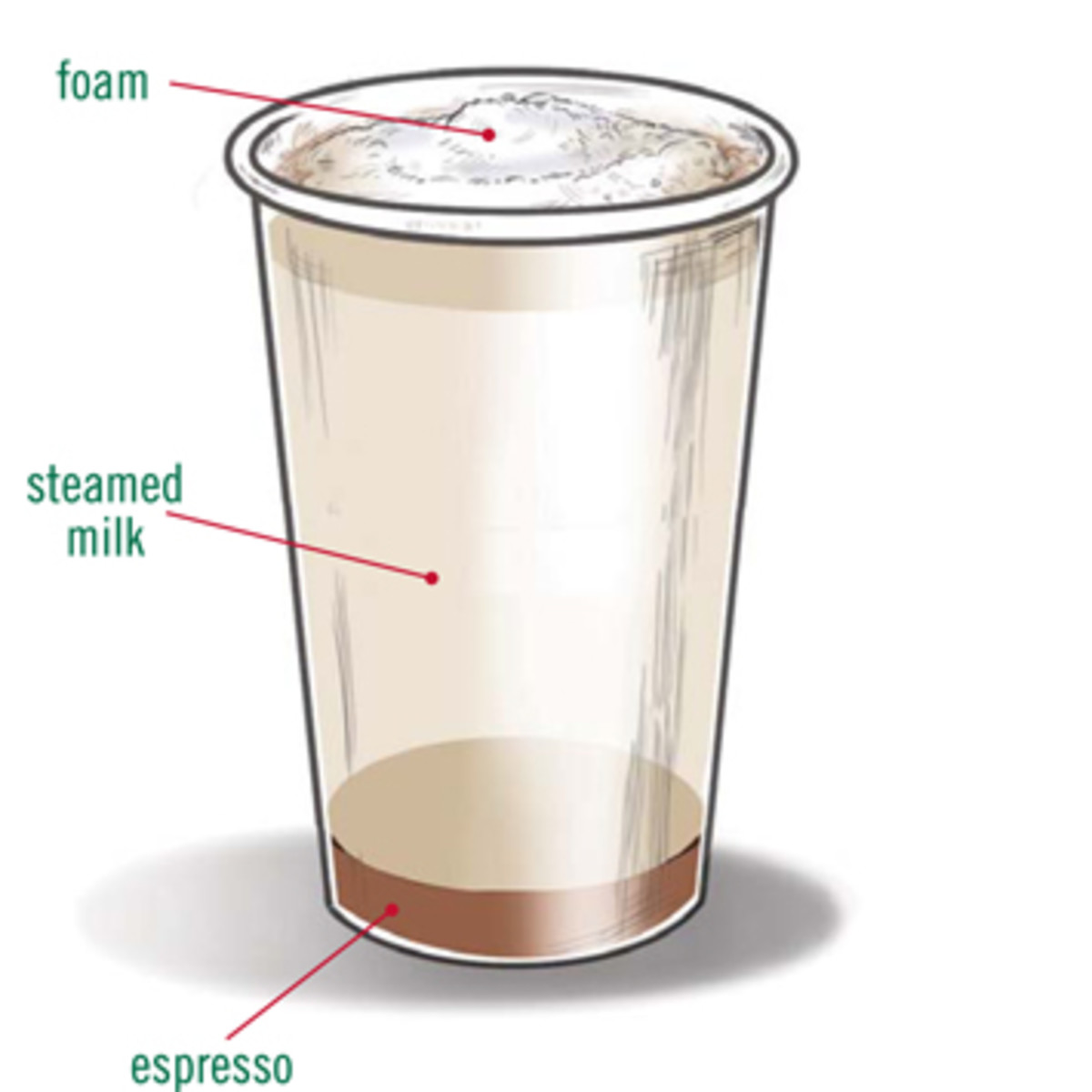How to Make Turkish Coffee Better, Not Bitter
Ibrik and Coffee
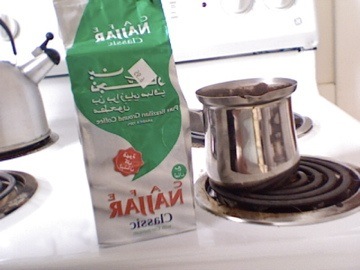
How to make Turkish coffee without burning the beans
The history of Turkish coffee is fascinating. It all started in the 15th century in the Ottoman Empire, which included parts of modern-day Turkey, Egypt, and other countries in the Middle East. Legend has it that the Ottoman Sultan, Suleiman the Magnificent, was presented with a gift of coffee beans from the Governor of Yemen. The Sultan was so impressed with the flavor of the coffee that he ordered it to be served in his palace.
From there, Turkish coffee spread throughout the Ottoman Empire and became a popular drink among the upper classes. It was often served during social gatherings and celebrations, and it played a role in the traditional Turkish coffee houses, or kahvehane, which were popular gathering places for intellectuals and artists.
Today, Turkish coffee is enjoyed all over the world, but it remains an important part of the culture in countries like Egypt, where it is often served as a symbol of hospitality. So next time you're in Egypt, make sure to try a cup of Turkish coffee. Trust me, you won't be disappointed.
Those of you familiar with Turkish coffee, know not only the joy that well made cup can bring, but also the frustration in making that cup.
Frustration comes from two sources: First, the coffee is overly bitter. Second, the coffee boils over and makes a mess. I suggest a better way to make Turkish coffee which prevents both mishaps.
The Usual Way
Turkish coffee is finely ground coffee which is often mixed with cardamom. Three heaping spoonfuls is placed in a small ibrik, a copper or aluminum pot with a small handle. With water three-fourths filling the ibrik the coffee is allowed to boil. The ibrik is removed from heat, then returned and allowed to boil again. Then removed and served.
The Problem
Boiling coffee is never a good idea. It burns the beans. Especially, when ground finely, coffee cannot be exposed to boiling or near boiling water. If you want to be precise, keep it under 180 degrees. Additionally, unlesss you watch your ibrik with intense patience your coffee will boil over, and you will have a finely ground mess to clean up.
The Better Way
Add water and coffee to your ibrik in the usual proportions. Or, if you want stronger coffee, add an extra spoonful. Bring the coffee to a simmer, then with a spoon stir the brewing coffee vigorously. Then allow the coffee to heat for three minutes more. Try to heat it to its maximum temperature only in the final minute.
The result is a coffee that is smooth and delicious, that has the signature strength of Turkish coffee without the bitterness. The coffee can be had by itself rather than with sugar added. Enjoy.
Stove Top Alternatives to Turkish Coffee
There are several alternatives to Turkish coffee that can be made on a stove top:
-
French press coffee: French press coffee is made by brewing ground coffee in a cylindrical glass or stainless steel pot with a plunger and a metal or nylon mesh filter. To make French press coffee on the stove, heat water in a saucepan until it reaches the desired temperature, then pour the hot water over the ground coffee in the French press pot. Allow the coffee to steep for a few minutes, then press the plunger down to separate the grounds from the brewed coffee.
-
Moka pot coffee: A Moka pot is a small, stovetop coffee maker that is popular in Italy. It consists of three parts: a base that holds water, a filter basket for the ground coffee, and a top pot for the brewed coffee. To make Moka pot coffee, fill the base with water and the filter basket with ground coffee, then place the Moka pot on the stove over medium heat. As the water boils, it will be forced up through the coffee and into the top pot.
-
Stovetop espresso maker: A stovetop espresso maker, also known as a stovetop espresso pot or a Moka pot, is a device that allows you to make espresso on the stove. It consists of a base that holds water, a filter basket for the ground coffee, and a top pot for the brewed espresso. To make stovetop espresso, fill the base with water and the filter basket with ground coffee, then place the pot on the stove over medium heat. As the water boils, it will be forced up through the coffee and into the top pot, creating a strong, concentrated espresso.
-
Aeropress coffee: The Aeropress is a handheld, portable coffee maker that uses a plunger to extract coffee through a paper or metal filter. To make Aeropress coffee on the stove, heat water in a saucepan until it reaches the desired temperature, then pour the hot water over the ground coffee in the Aeropress chamber. Allow the coffee to steep for a few minutes, then press the plunger down to separate the grounds from the brewed coffee.



